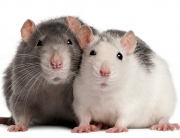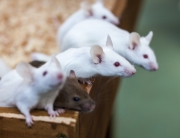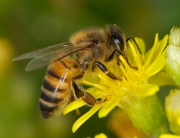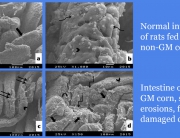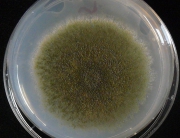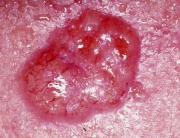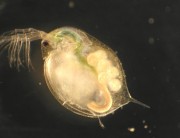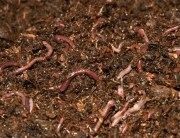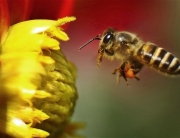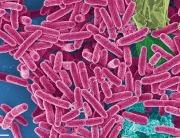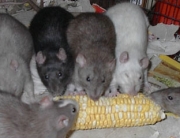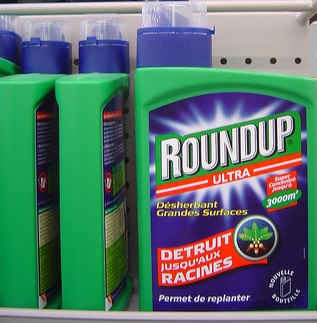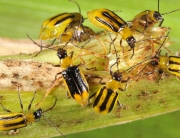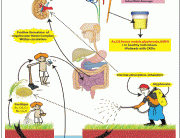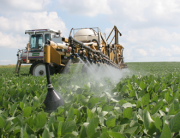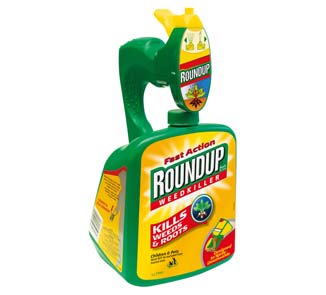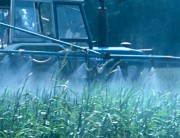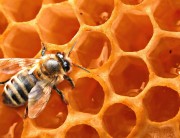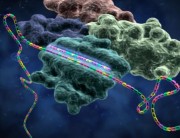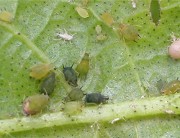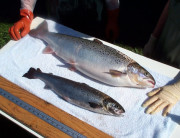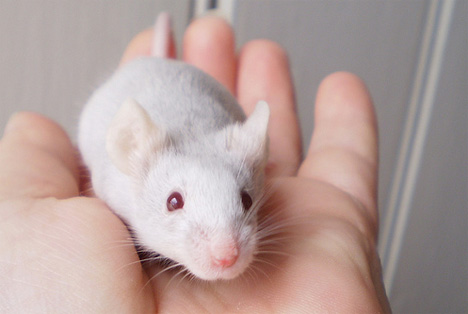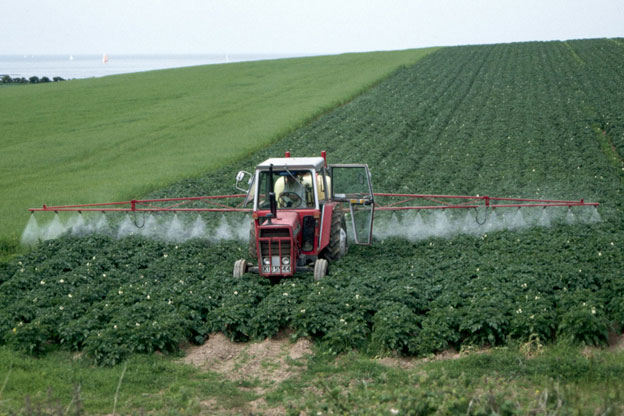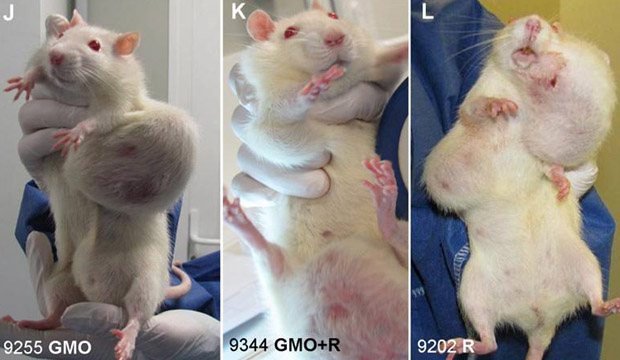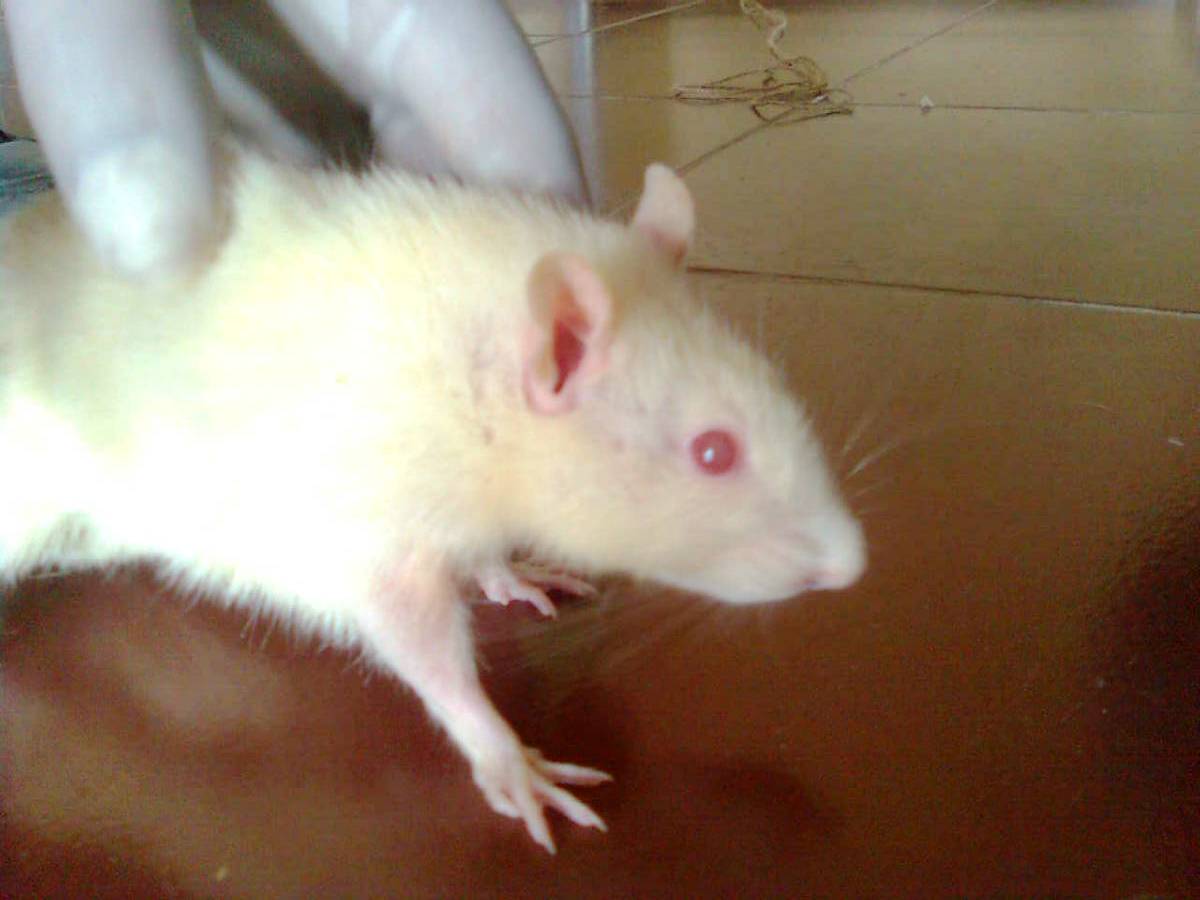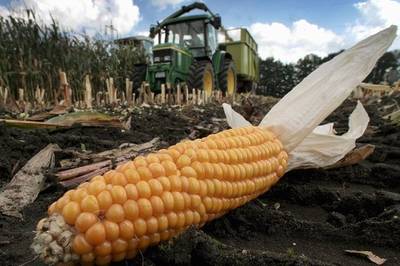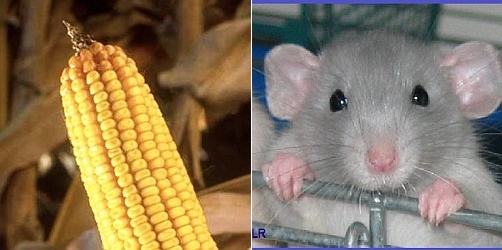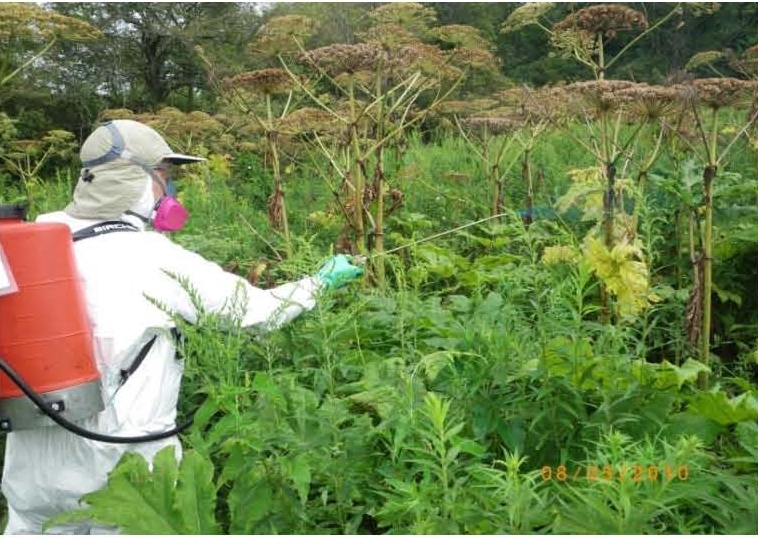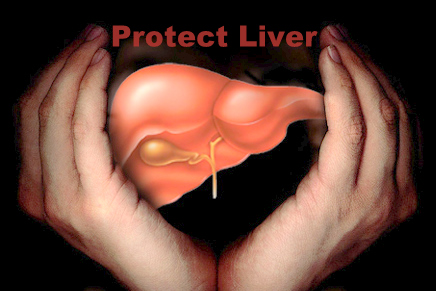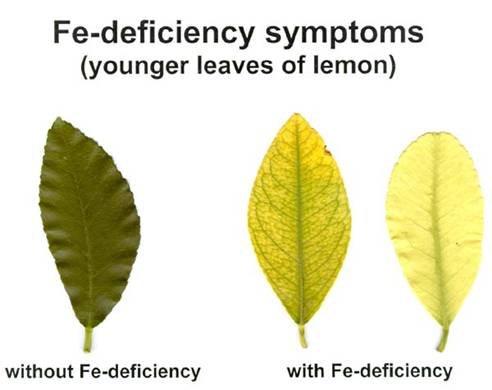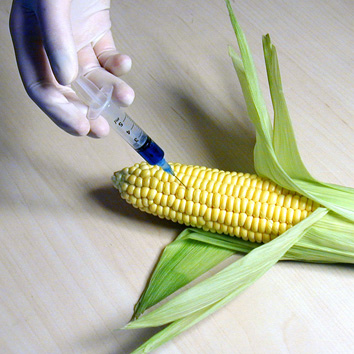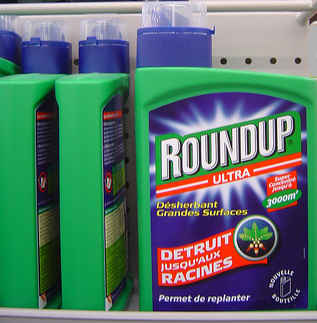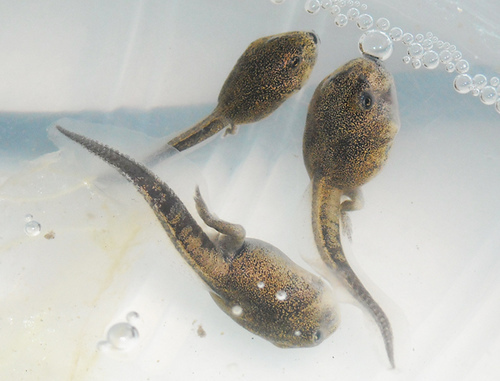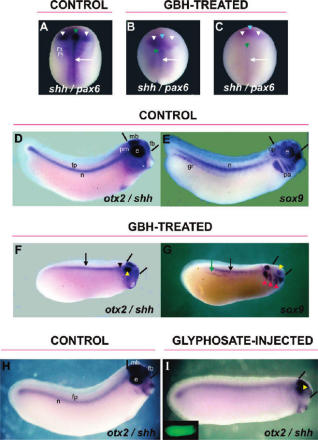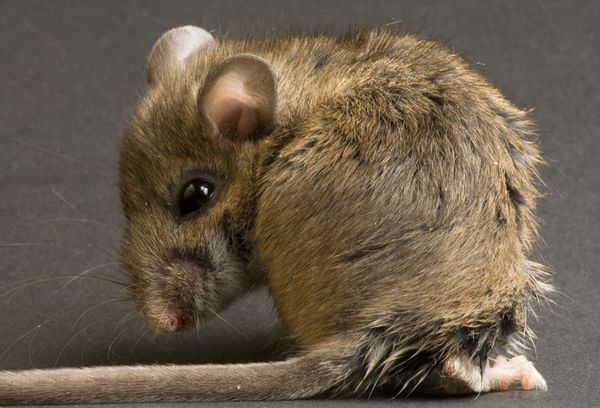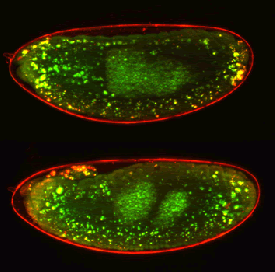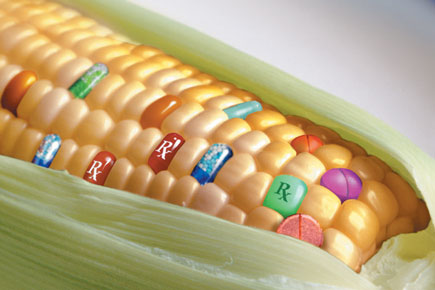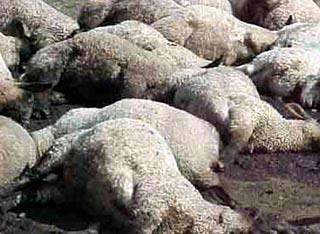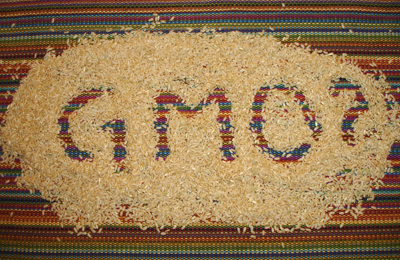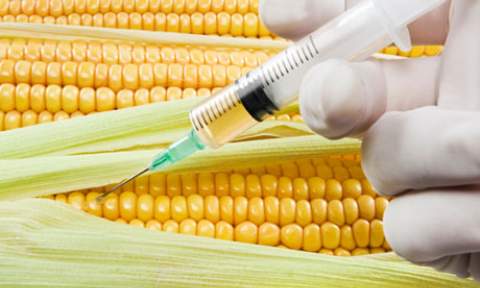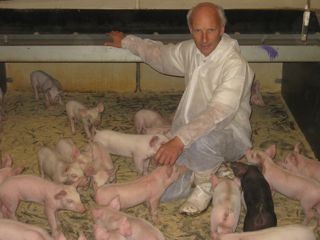A new study from Canada finds that glyphosate breakdown releases phosphorus into water bodies in agricultural areas, contributing to the problem of eutrophication.
Eutrophication is the process whereby a body of water becomes overly enriched with minerals and nutrients, which induce excessive growth of plants and algae (the latter can sometimes be toxic). This overgrowth can result in oxygen depletion of the water body. Larger life forms, such as fish, can suffocate to death.
The overlooked impact of rising glyphosate use on phosphorus loading in agricultural watersheds
Authors: Marie‐Pier Hébert, Vincent Fugère, Andrew Gonzalez
Full Paper: https://esajournals.onlinelibrary.wiley.com/
Abstract
Glyphosate is the most extensively used pesticide worldwide. In addition to raising ecotoxicological concerns, the use of glyphosate adds phosphorus (P) to agricultural landscapes, influencing the accumulation and cycling of P in soil and nearby surface waters. Yet pesticides have been largely ignored when monitoring anthropogenic sources of P in agricultural watersheds. Estimating the supply of P derived from glyphosate use, both globally and in the US alone, we show that trends have markedly increased over the past two decades. Across the US, mean inputs of glyphosate‐derived P increased from 1.6 kg P km−2 in 1993 to 9.4 kg P km−2 in 2014, with values frequently exceeding 20 kg P km−2in areas planted with glyphosate‐resistant crops. Although still a minor source of P relative to fertilizers, P inputs from glyphosate use have now reached levels comparable to those from sources for which P regulations were initiated in the past. We thus argue for greater recognition of glyphosate’s influence on P flow in watershed research and management.
In a nutshell:
- The herbicide glyphosate dominates the global pesticide market, with applied tonnage increasing steadily worldwide
- Glyphosate’s capacity to degrade rapidly is often used to argue against potential toxicological effects, but the phosphorus (P) it contains persists in the environment and can influence soil P accumulation and losses to surrounding freshwater systems, which are prone to nutrient pollution
- Although pesticides are typically regarded as negligible sources of nutrients, we argue that the recent and rapid rise in glyphosate use has magnified its relative importance as a source of anthropogenic P, especially in areas of intensive corn, soybean, and cotton cultivation
- Glyphosate inputs should be considered in P assessments and sustainable management programs in agricultural watersheds; with glyphosate use increasing globally, it is imperative that we broaden the discourse of its environmental impacts






